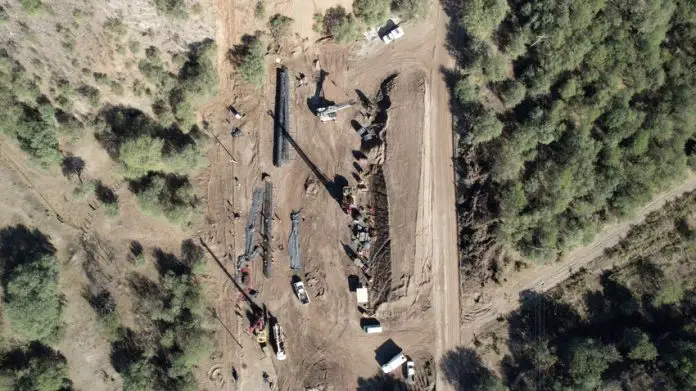As Mexico News Daily readers, you know all about the Maya Train. Maybe you’ve read about the Interoceanic Train. But when was the last time you heard about the Sonora “ghost train?”
The name doesn’t refer to a haunted locomotive: the “tren fantasma” earned its moniker when Sonora residents saw the tracks being built but couldn’t figure out why they were being built — or who was building them.
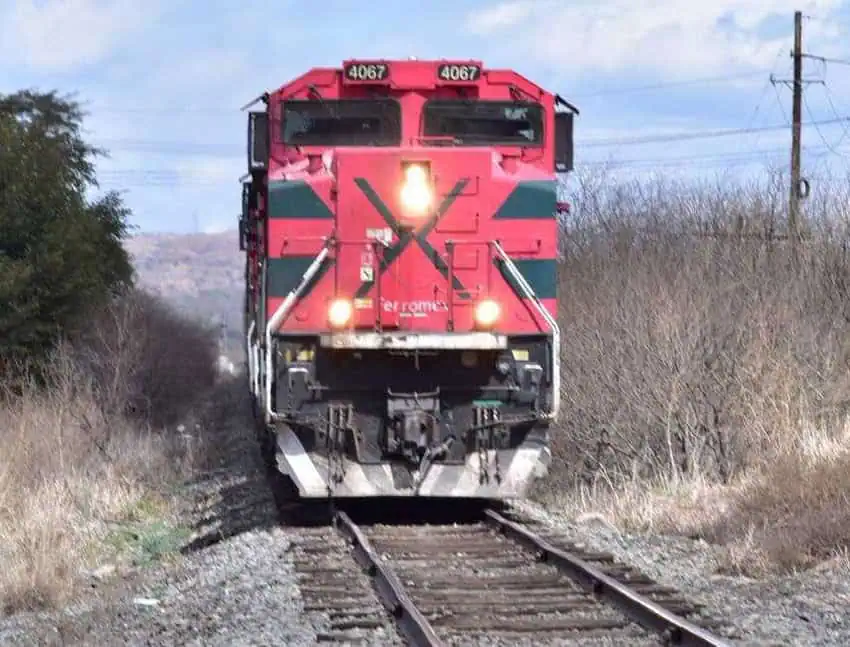
Their only clue was a leaked map of the local rail network. It showed the existing tracks, which run from the port of Guaymas north through Hermosillo, Ímuris and the border town of Nogales before finally crossing into the United States. It also showed a new, yet-to-be-built section of track. Instead of following International Highway 15 north like the current route, the depicted tracks branched off east in Ímuris, taking a longer route north to Nogales.
Some local residents worried about the railroad dividing their community, building across their irrigation canals and damaging natural protected areas. Others were alarmed when state officials offered to buy their land for as little as 1.8 pesos (less than US 10 cents) per meter, far under market value.
Biologist Mirna Manteca of the Wildlands Network, an NGO which works to conserve and rewild natural areas in North America, tried to learn about the project after locals from the town of Ímuris approached her with their concerns.
Ímuris officials told her it was a state project. The state said it was federal. Manteca contacted one federal office after another, but none had information about a train being built in Ímuris.
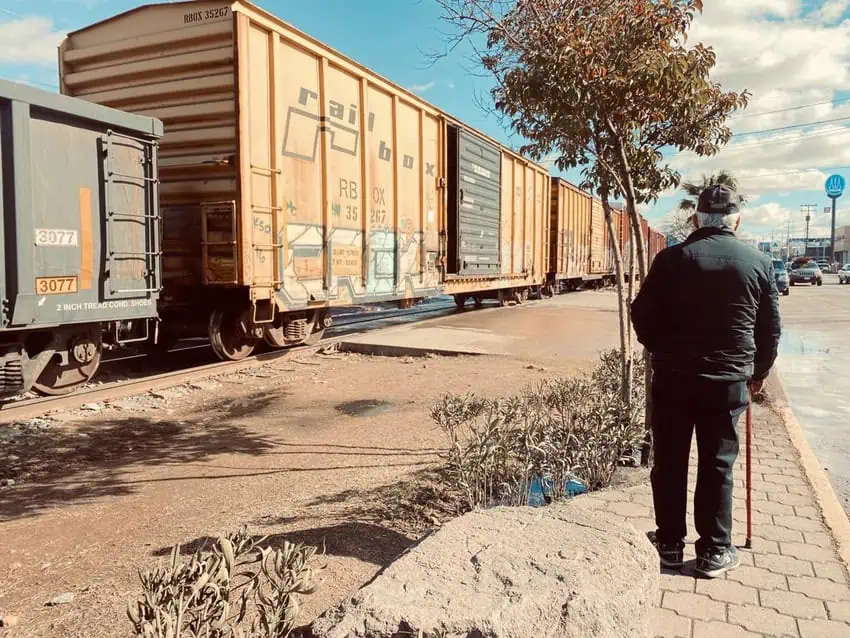
“There’s no real information. There’s no official project,” Manteca told The Associated Press in November 2023. “They’ve kind of been ping ponging responsibilities back and forth … It’s like fighting a ghost.”
Three days after the AP story came out, Sonora Governor Alfonso Durazo said at a press conference that the new construction was part of a project to change the route of the existing Guaymas-Nogales railroad. The state planned to modernize the port of Guaymas, with federal support, and expected an increase in rail traffic. That meant the tracks needed to be moved out of Nogales to a less populated area.
And just like for the Maya Train, the Army was in charge of building the new tracks.
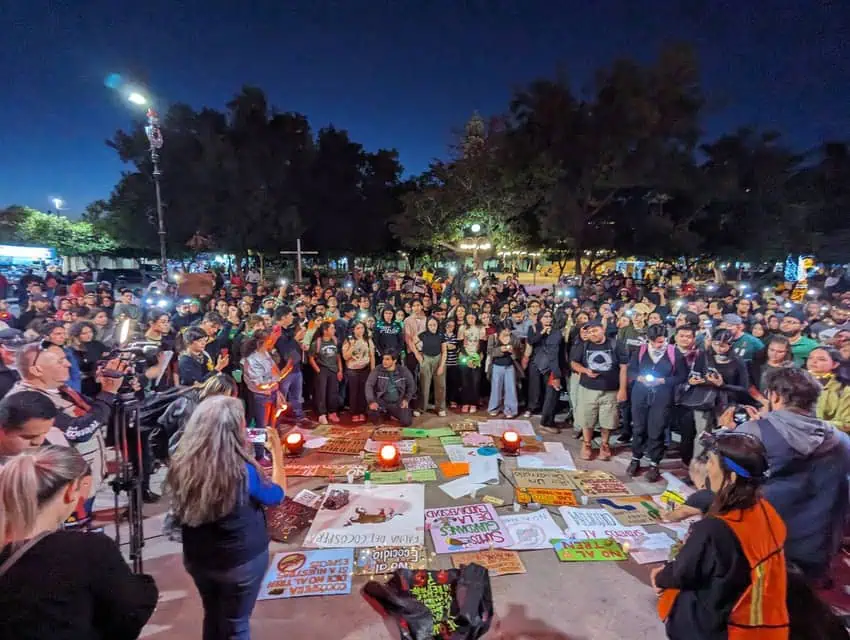
The Ghost Train keeps chugging along
Now, construction continues and the Ghost Train is more real every day. However, information about the project remains mostly classified.
What we do know is that the port of Guaymas, in southern Sonora, is getting some upgrades.
“With the modernization of the port of Guaymas… it will be possible to receive deep-draft tourism and commercial ships,” Sonora Governor Alfonso Durazo said at his third annual report on Sept. 13, adding that the port will serve both Chihuahua and the southwest United States.
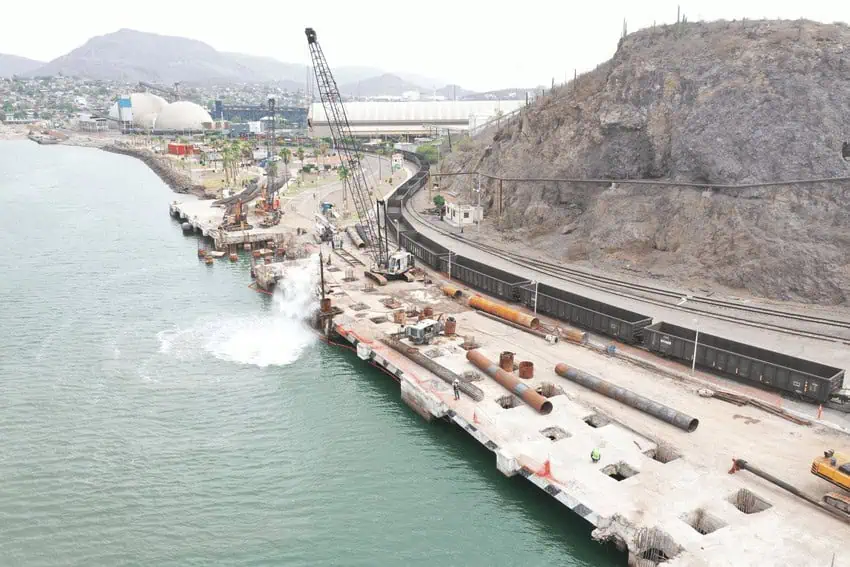
Moving the new cargo will depend on the Ferromex train that runs from Guaymas to Nogales, Sonora. The train crosses into the U.S. in the middle of downtown Nogales, Arizona, just meters from where cars and pedestrians cross the international border. Three to four trains move through the city every day, worsening the city’s snarled international border traffic and passing dangerously close to homes and public infrastructure.
With train traffic expected to increase to 15-20 trains a day, there is widespread agreement on the need to move the tracks.
“It is necessary to get the tracks out of Nogales,” agrees Sergio Müller, strategy coordinator of the Sonora environmental collective Caminantes del Desierto. “However the issue is how it’s done and where it’s done.”
The project “doesn’t make sense,” Müller said. “The construction ends up in the same point where it currently ends on the U.S. border.”
On the U.S. side, Union Pacific Railroad has not expressed any intention to move their part of the tracks. So instead of going around the city, Mexico is going under it. Under the track relocation plan, the railroad will approach the city of Nogales from the east, then dive more than 30 meters under the city into a 2.5-kilometer tunnel to the border.
Tracks and setbacks
But the tunnel’s construction has faced problems, according to Jesús Ibarra Félix, an Hermosillo investigative reporter who covers corruption and accountability.
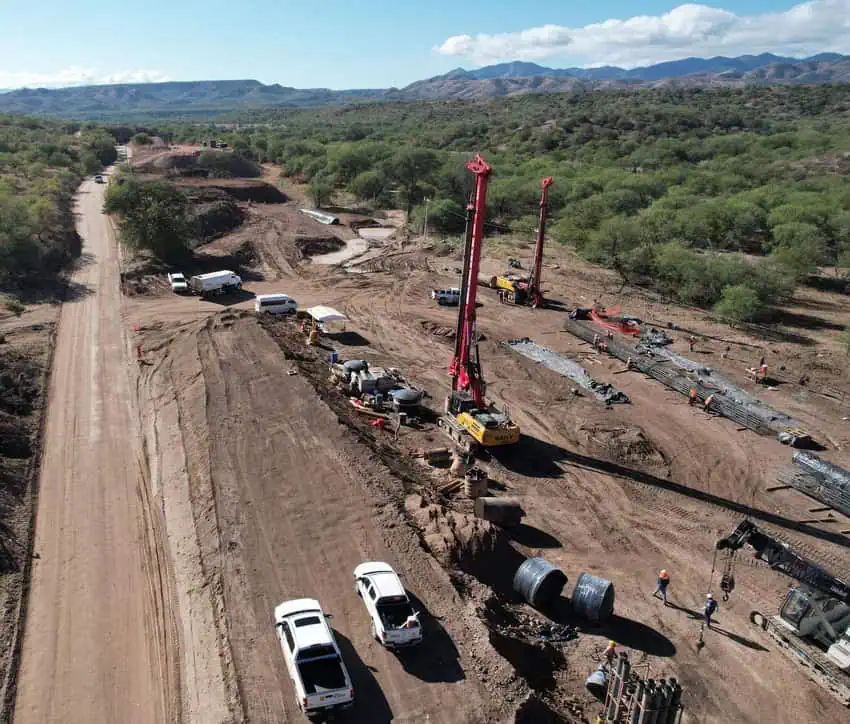
“Neighbors tell us almost every day via phone calls or WhatsApp messages that they feel tremors below their houses. They even send photos with cracks on their walls,” Ibarra said, explaining that the company is using explosives to carve out the tunnel.
Outside of the city, much of the route has been cleared for construction. About a third of the actual track has been built and none of the route’s six new bridges were complete as of early September, Ibarra said.
Ibarra also said that tunnel workers told him they are a year behind schedule, having only advanced 500 meters since they began blasting.
“It is impossible for the construction company to finish the tunnel on time according to contract,” which ends Sept. 30, Ibarra said.
Who’s really building the train?
Who holds that contract? Ibarra’s long-running investigation of the track relocation project for newspaper El Universal focuses on that question. The investigation, which recently won second place in the National Investigative Journalism Competition, sponsored by the National Institute for Transparency, Access to Information and the Protection of Personal Data (INAI), found that the Army gave contracts worth nearly 650 million pesos (US $33.9 million) to companies whose lead stakeholders had participated in “facturera,” or invoice fraud, and embezzlement of public funds during previous projects.
In response to the investigation, President López Obrador called for the investigation of the Hermosillo company 3PM, the primary beneficiary of the dubious contracts.
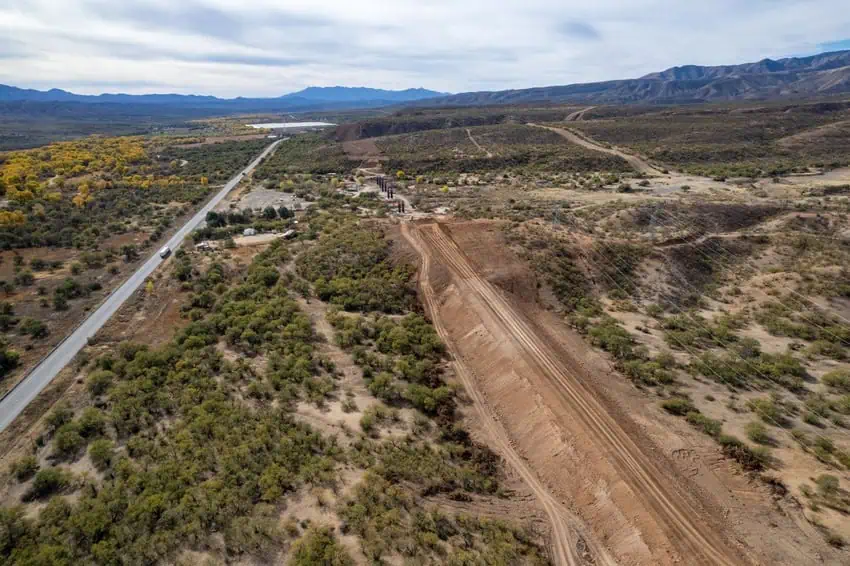
Activism dies down
In Ímuris, most residents have now stopped speaking out publicly against the project, according to Sergio Müller, the environmental activist.
“There are still communities today in resistance in Ímuris, but they are continuing via the legal path, rather than civil resistance.”
The owners of Rancho Aribabi, a government-certified voluntary conservation area in the train’s path, “were heavily pressured by the Army to sell, and well, they ended up selling,” Müller said. After that, the former owners stopped making public statements on the issue.

In May, the new owners submitted a request to cancel Aribabi’s designation as a voluntary conservation area, paving the way for the project’s environmental approval in August.
It appears extremely unlikely the infrastructure project will be finished by the end of September, as originally planned. Instead, it will likely continue into the administration of President-elect Claudia Sheinbaum, who will take office on Oct. 1.
Rose Egelhoff is a freelance writer based in Mazatlán, Sinaloa. Follow her work at RoseEgelhoff.com
